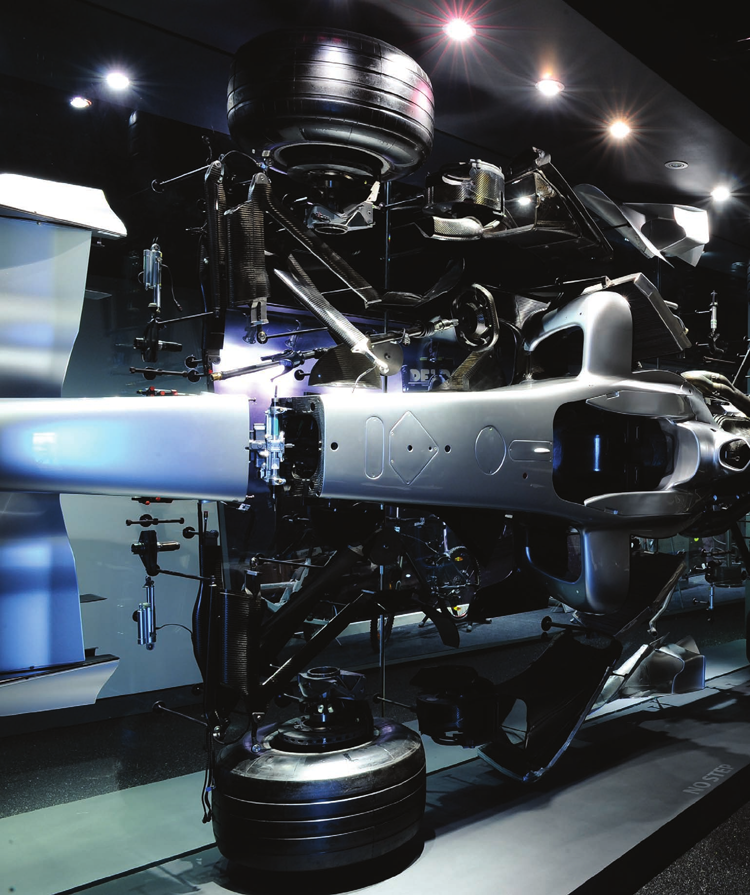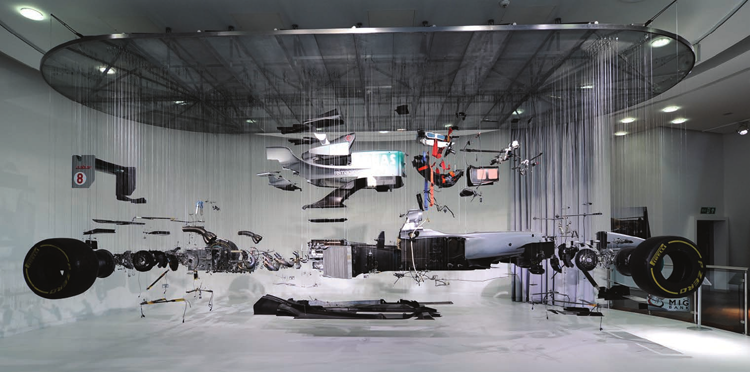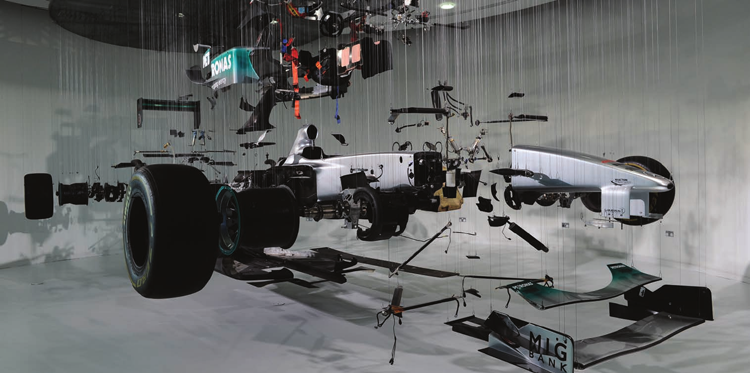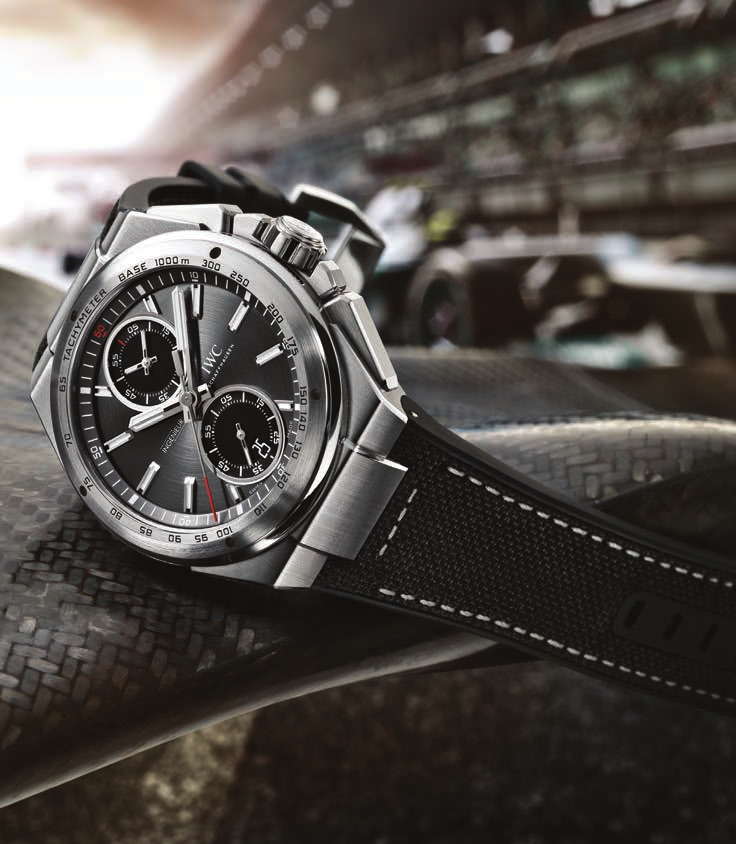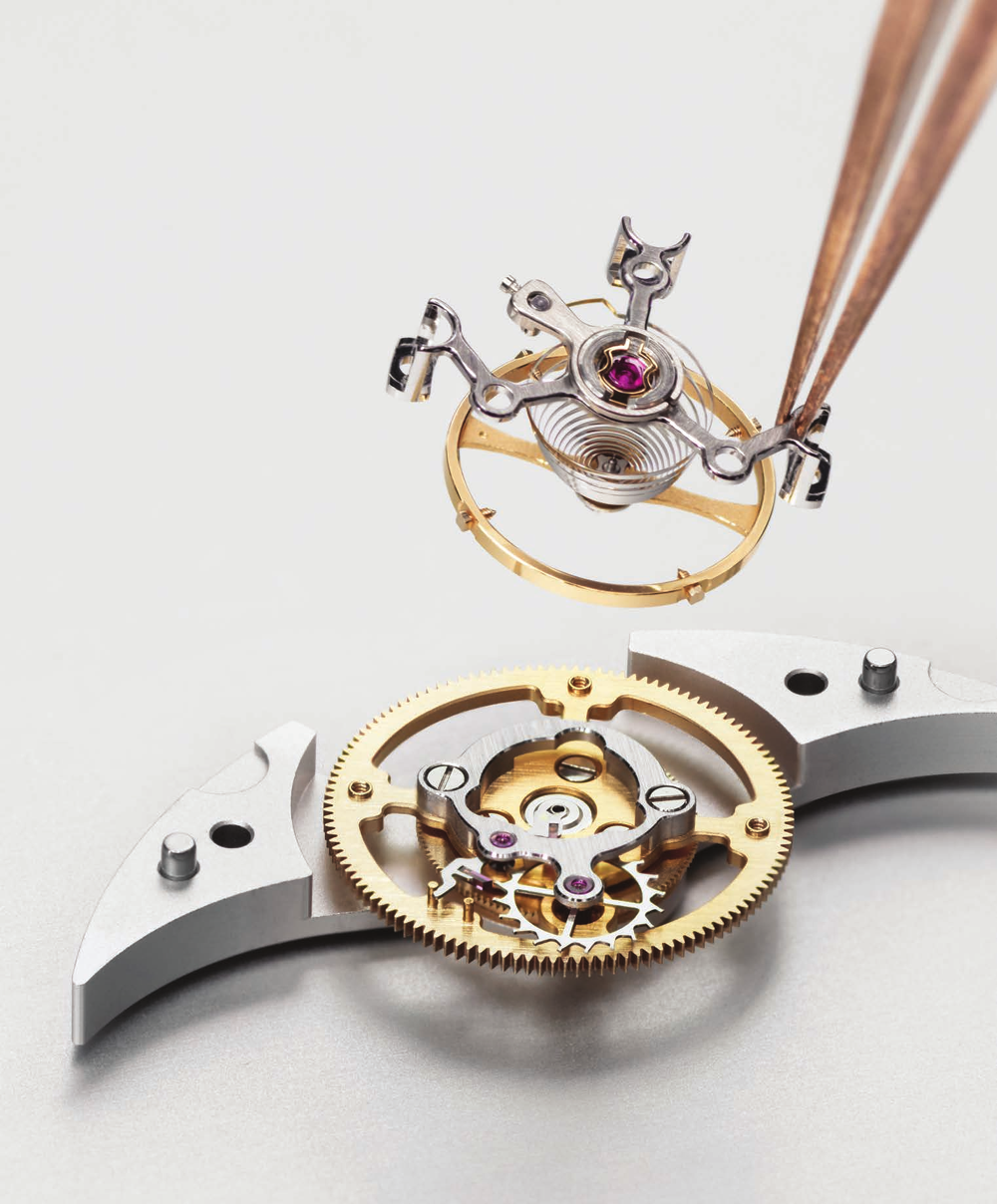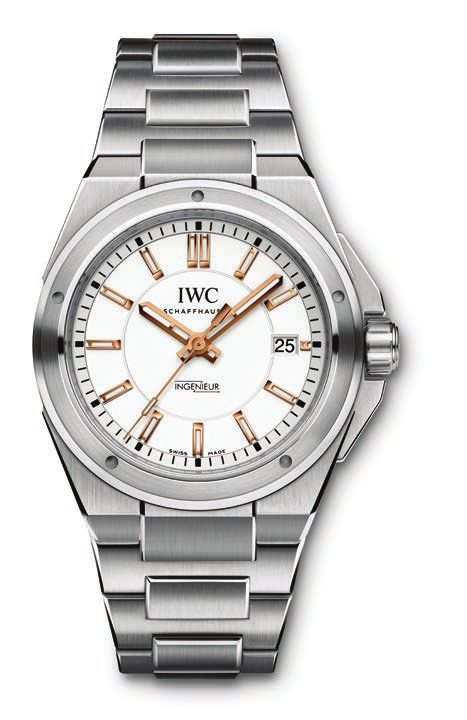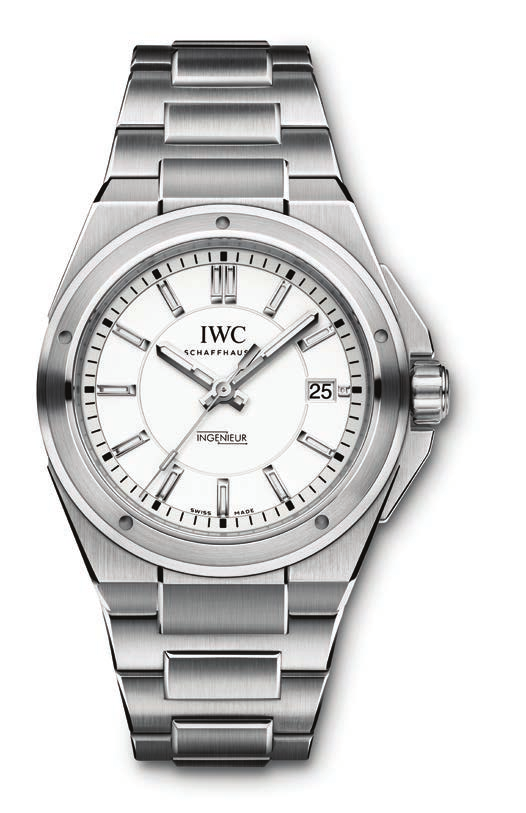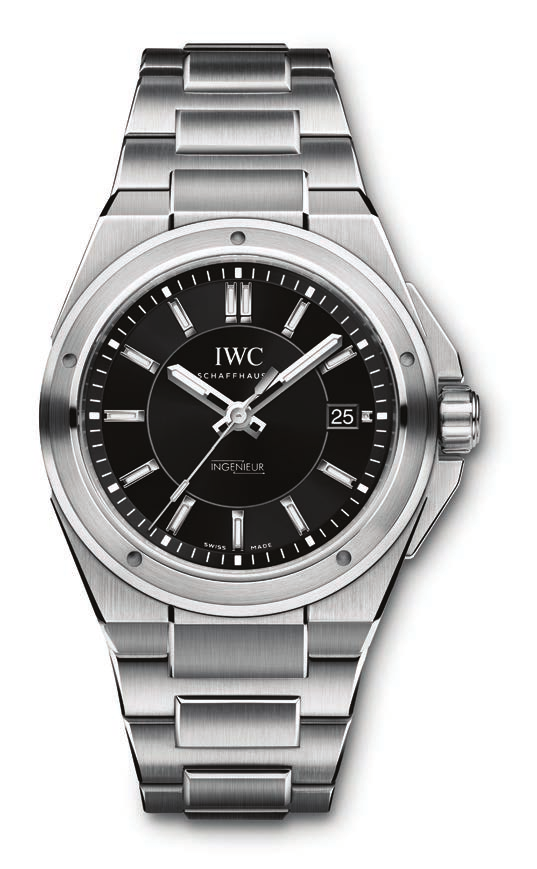Fast Company: IWC Goes To The Track With Formula One
It’s a tight fit. I’m squeezed into the cockpit of a Formula One simulator in a basement room at the Mercedes AMG Petronas Formula One team’s headquarters in Brackley, England— one of three simulators the team uses to both train drivers, and softtest modifications to their cars before trying them out in the real world. It resembles nothing so much as the cockpit of an F-16 Fighting Falcon— you don’t sit in an F1 car; you lie down in it. My feet are nearly level with my chest, my knees are tucked behind the steering wheel, which is studded with knobs and dials that let the driver (not me; I’m driving in what the simulator chief kindly refers to as “low realism mode”) fine-tune the car’s performance on the fly. Though the fidelity of the simulation’s been dumbed down to make it manageable for me, it’s still a handful—the simulator takes into account everything from track conditions to tire and brake pad temperature to aerodynamics.
[highlight_text] By the time I’ve finished the second lap, my heart’s racing, and as I extricate myself from the depths of the cockpit, I’m amazed that every F1 race doesn’t end in a tangle of flaming wreckage. [/highlight_text]
I pull out onto the track (they’ve dialed in the Circuit de Catalunya in Barcelona) carefully, point the nose of the car towards the first turn, and take off. Just getting around the track a couple of times without spinning out requires undivided attention—the car is so light (Formula 1 cars are about 80% carbon fiber by volume) that its weight has a negligible effect on keeping it on the ground; instead, aerodynamic downforce, courtesy the front and rear wings, keeps the car on the track. This means that turns can be very tricky—decelerating for a turn reduces the pressure of tires on tarmac dramatically and the car breaks loose with little or no warning. By the time I’ve finished the second lap, my heart’s racing, and as I extricate myself from the depths of the cockpit, I’m amazed that every F1 race doesn’t end in a tangle of flaming wreckage. (The simulator’s visuals are very convincing; so much so that some F1 drivers can’t use it— including, I’m told, one of the most famous of all time, who becomes almost immediately motion-sick.) There’s been a little friendly competition going on, and I’m nowhere near the top, but a genial fellow-journalist from Brazil manages to beat everyone else well, almost everyone else. Though he’s recused himself from the afternoon’s contest, the best time posted by anyone on the tour is by a Swiss gentleman named Georges Kern—the CEO of the International Watch Company of Schaffhaussen, better known today by its acronym, IWC.
It figures. IWC’s boss has turned the company into one of the best-known fine watchmaking companies in the world, and its iconic bestsellers— pilot’s watches, like the Mark series, Miramar chronographs (named for the former headquarters of the Navy’s elite TOPGUN program, colloquially known as the Fighter Weapons School, and properly as the US Navy Strike Fighter Tactics Instructor Program) and elegant Portofino dress watches are some of the most recognizable in the world. The theme, though, of the new partnership with Mercedes AMG Petronas F1, is engineering—and IWC’s taken the opportunity to update its line of Ingenieur watches with a fistful of new timepieces that it hopes will make the Ingenieurs the watch of choice of men’s men around the globe.
The original Ingenieur family goes all the way back to 1954, and the name—which, of course, means “engineer”— reflects the form-followsfunction technical mission of its heritage. The Ingenieur’s claim to fame when it was first launched was its durability—it had a simple, unadorned round shape, a dial and hands that aimed not for razzledazzle but for legibility, and a tough, water and shock resistant case. Most notable, though, was its resistance to magnetismthe Ingenieur models of the vintage era were frequently designed to be antimagnetic to up to 40,000 A/m (amperes per meter) with some models double that. The most highly magnetism-resistant Ingenieur was the Ingenieur 500,000 A/malso the most magnetism resistant watch of all time. (The international standard for calling a watch “anti-magnetic” specifies a resistance of 4,800 A/m.)
Since then, the Ingenieur has evolved into more than a technical, antimagnetic watch, but it’s retained the burly styling that was created for it in 1976 by none other than Gerald Genta, the world-famous watch designer who was also responsible for creating the Patek Philippe Nautilus, and the Audemars Piguet Royal Oak. The Genta version of the Ingenieur was the Ingenieur SL, which updated the original, rather stealth-watch design and put it in a boldly geometric case with an integrated steel bracelet—a design concept characteristic of Genta’s best work from the 1970s.
Though today’s Ingenieur has become one of the core sports watch families for IWC, 2013 promises to be a very special year indeed for the Ingenieur; the collection is being updated with a slew of new models that celebrate the new relationship with Mercedes AMG Petronas Formula One, and hearken back to the classic Genta design from 1976 as well. As is only fitting, the Ingenieurs created in partnership with the Mercedes F1 team are both high tech mechanical timing machines, and exercises in high style that borrow materials and concepts from the Formula One world. The new collection includes an automatic Ingenieur in a ceramic case (IWC was an early pioneer in the use of technical ceramics in watchmaking, and, of course, such materials are critical in Formula One car design as well) as well as four spectacular racing themed chronographs which (thankfully) pay homage to the world of high performance motorsports through their functional integrity, rather than through the far more common, and far less interesting, use of logos or other superficial design elements.
We think, though, that the breakout hit for 2013 will be the model simply named the Ingenieur Automatic. Though not a literal recreation of Genta’s original design, it’s very close—so much so that we think vintage enthusiasts and newcomers to IWC alike will find its self-confident style irresistible. It’s got an understated tough-guy vibe we love, enough of the original Genta design to satisfy any retrowatch lover, and, best of all, it’s got a soft iron inner case that protects the movement from magnetic fields up to 40,000 A/m, just like many of the original Ingenieur designs. It’s a winner inside and out, and its single-minded formfollows- function feel makes it one of the best expressions IWC could have made of the spirit behind Formula One.


